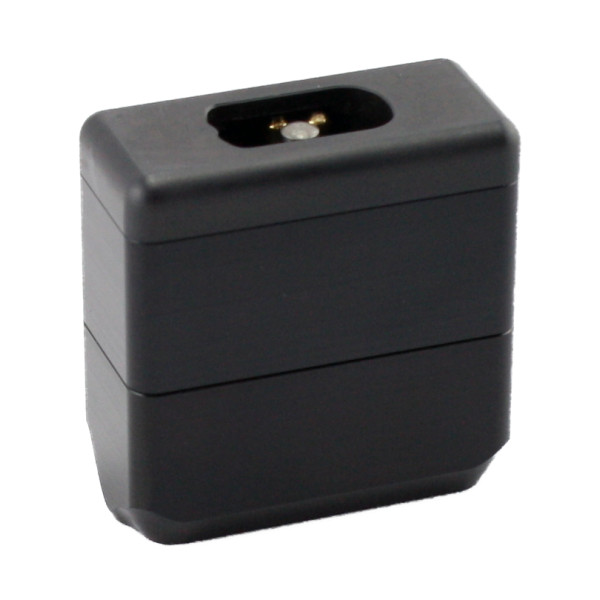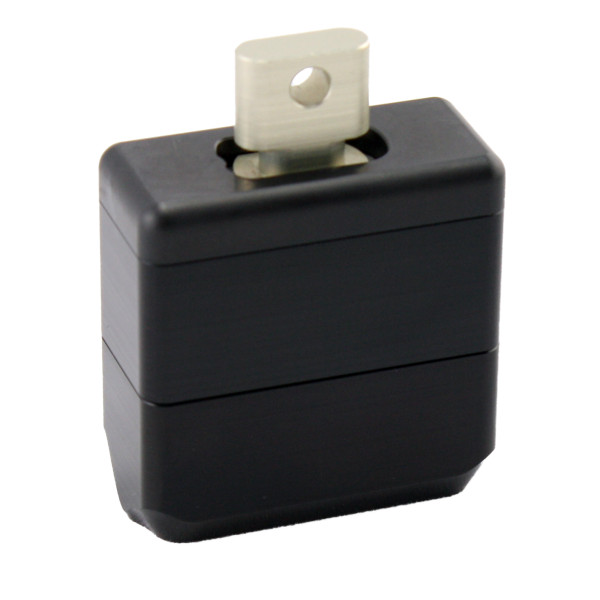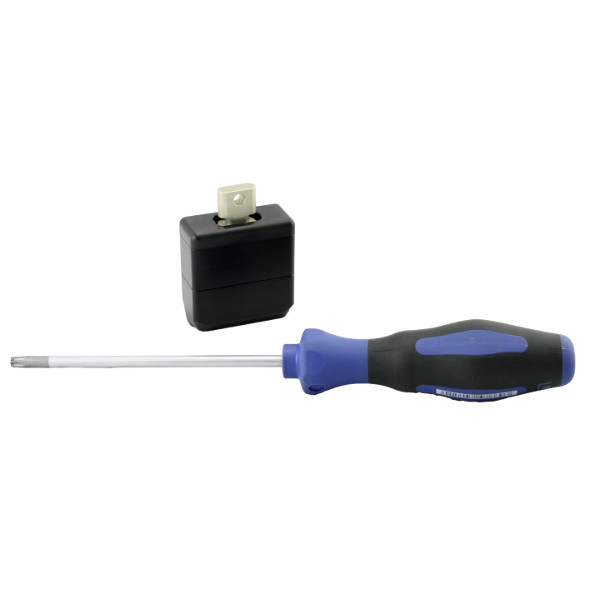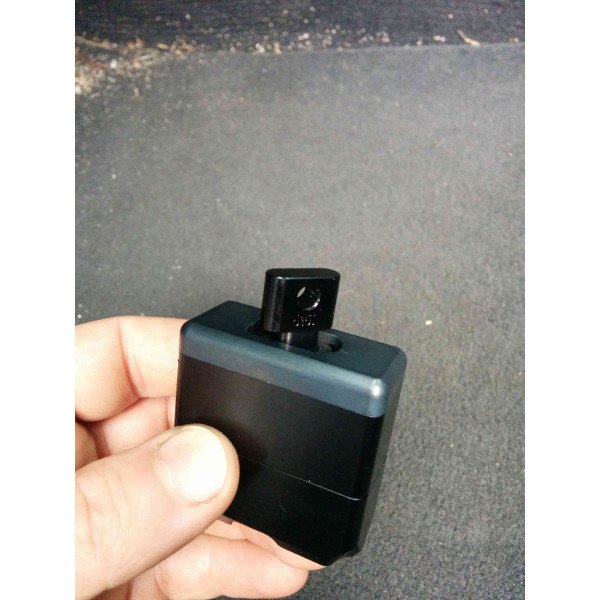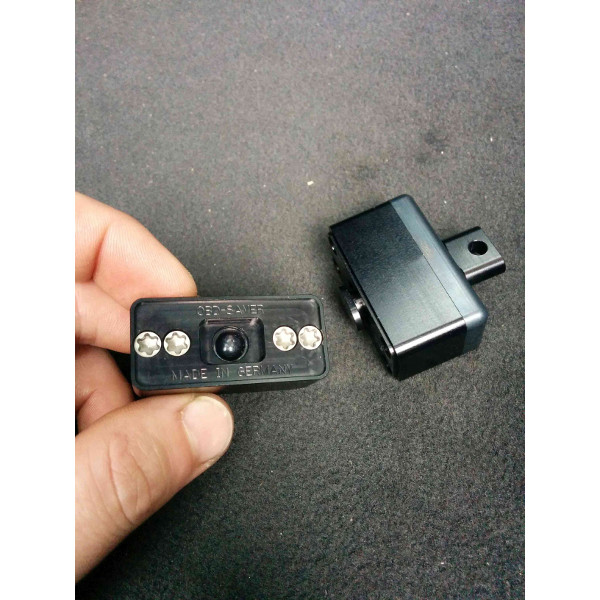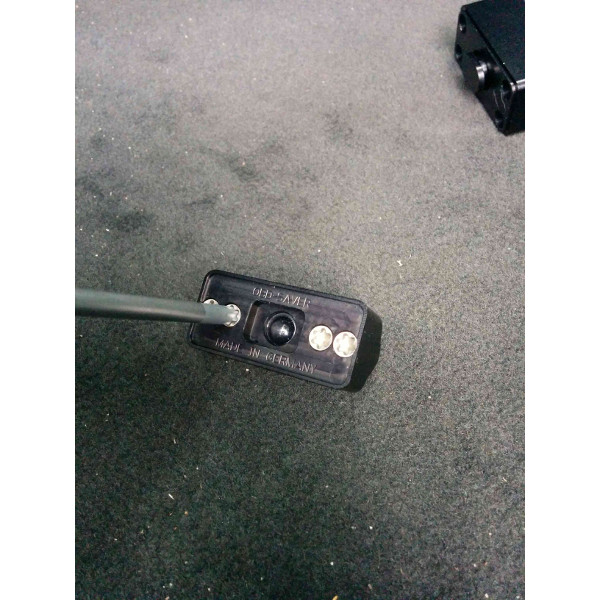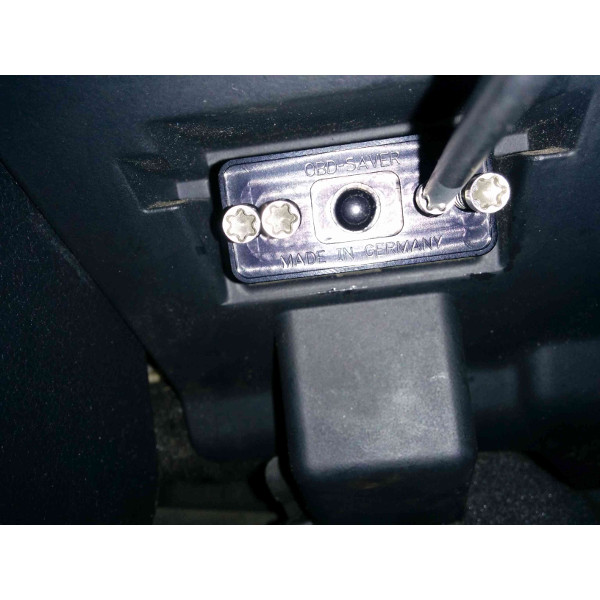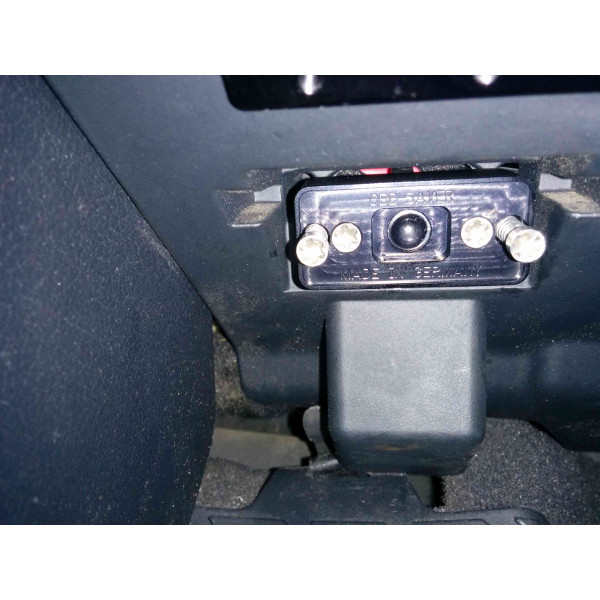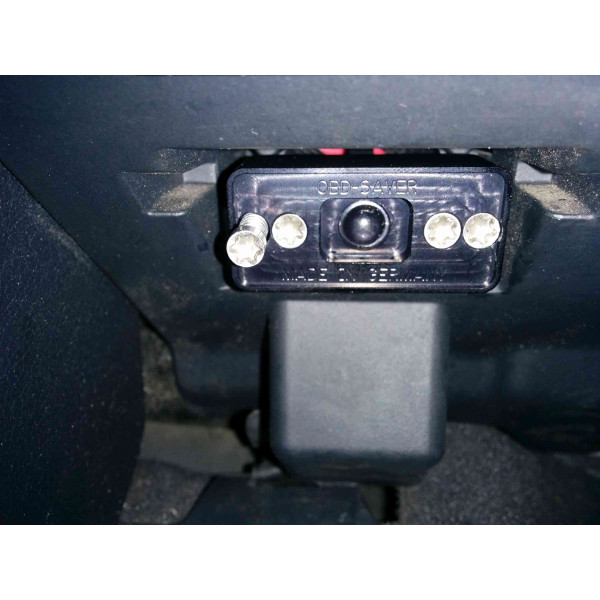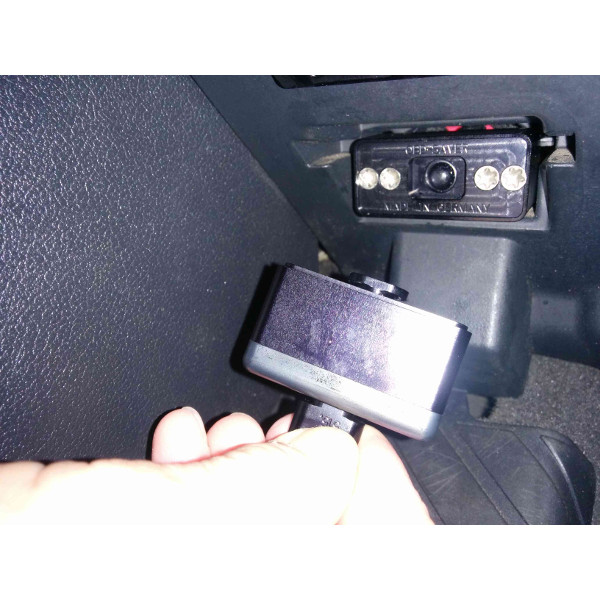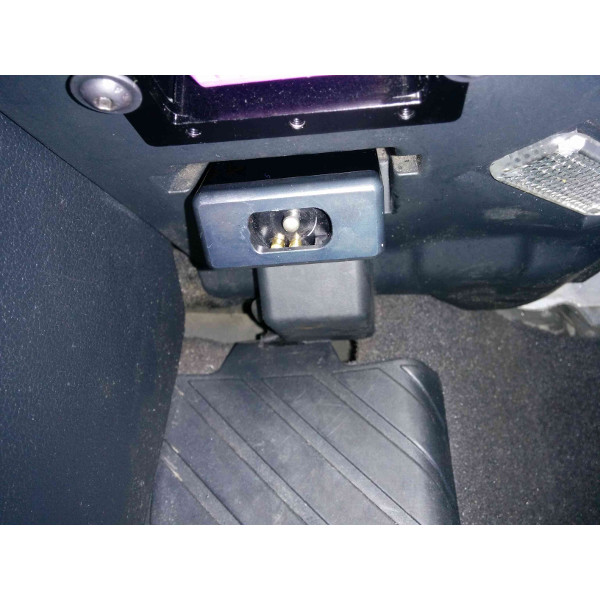Included Components:
- 1 x Universal Plus OBDsaver lock (L43mm x W20mm x H43.5mm)
- 2 x Keys (over 600 different codes)
- 4 x Special screws
- 1 x Torx screwdriver
- 2 x OBD security window stickers
Vehicle Coverage:
- The OBDII port is standardized by government entities and is required to be the same dimensions on all vehicles. Due to this standardization the OBDsaver locks will fit any make and model of vehicle equipped with OBDII (essentially every passenger car and truck manufactured since 1996).
- Please note: some cars have a cover over the OBDII port & it may not be possible to close this cover after the OBDsaver lock has been fitted. Or you could install the basic Universal OBDsaver instead.
What is the difference between the two Universal OBDsaver’s?
Fastening with four screws is identical.
The OBDsaver Basic involves coded (approx. 300 different variants) and countersunk special screws, which are freely accessible.
With the OBDsaver Universal PLUS, increased protection is obtained because the fastening screws are closed/covered with a top lock. The lock can only be removed with a key (approx. 650 different variants) and only then are the screws accessible.
How much space does the OBDsaver Universal PLUS need?
The OBDsaver Plus builds up approx. 32.5mm when installed and is therefore this value beyond the OBD socket. Please make sure that any existing plastic panels do not interfere or adjust them accordingly. On most vehicles, the OBD socket is freely accessible and there are no interfering parts.
FAQ – frequently asked questions
Q: Will the diagnostic socket be destroyed or severely damaged?
A: No, the screws are positioned in such a way that the contacts can not be short-circuited. The screws form the thread at a harmless point. The function of the OBD socket is 100% preserved. There will be minimal traces of the thread, but these will not have any negative effects.
Q: Does the diagnostic connection still work for the workshop after assembly/disassembly?
A: Yes, the function and duties of the OBD socket/diagnostic socket remain unchanged.
Q: How do the screws hold tight in the plastic?
A: Due to the special position and shape, plastic (diagnostic socket) and metal (OBD saver) form a firm connection. Due to its optimized nature, the OBDS also offers no point of attack for violent removal.
Q: Thread wear / thread stripping in plastic ?
A: Over-tightening is prevented by a guide in the OBDsaver. The screws are always guided in the same way, so that wear and tear on the OBD socket (made of plastic) is minimized. Thread flanks and screws always meet at the same position.
Q: Are there any issues with the vehicle manufacturer’s warranty?
A: The OBDS has been successfully tested and validated by several vehicle manufacturers. No manufacturer raised concerns about the warranty. You can see an example from a well-known manufacturer under this LINK .
Installation Video:


